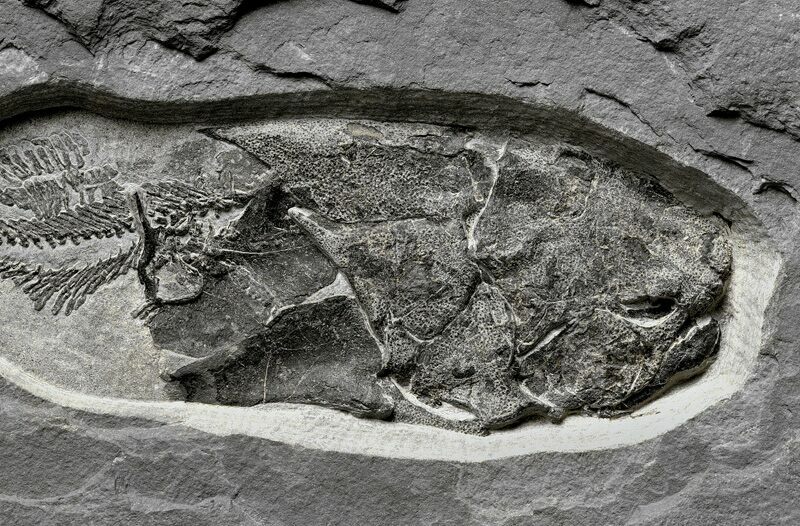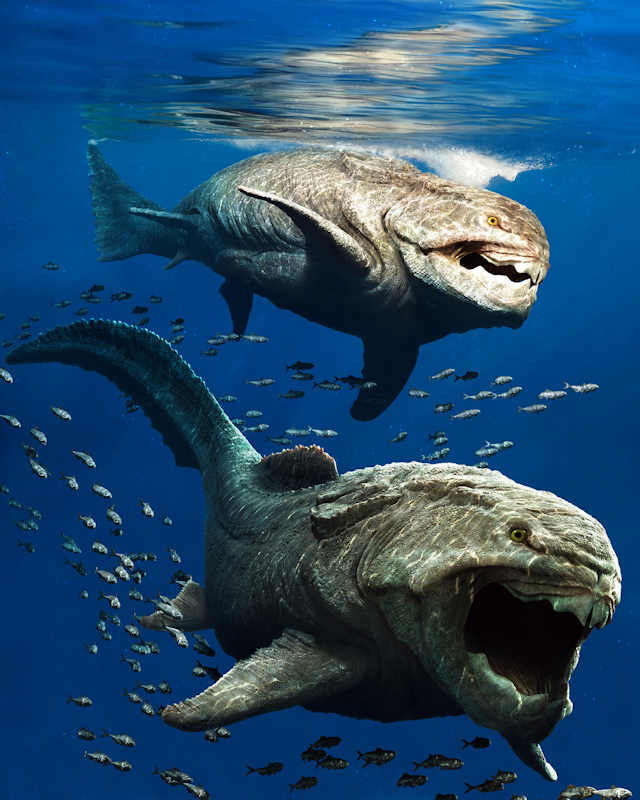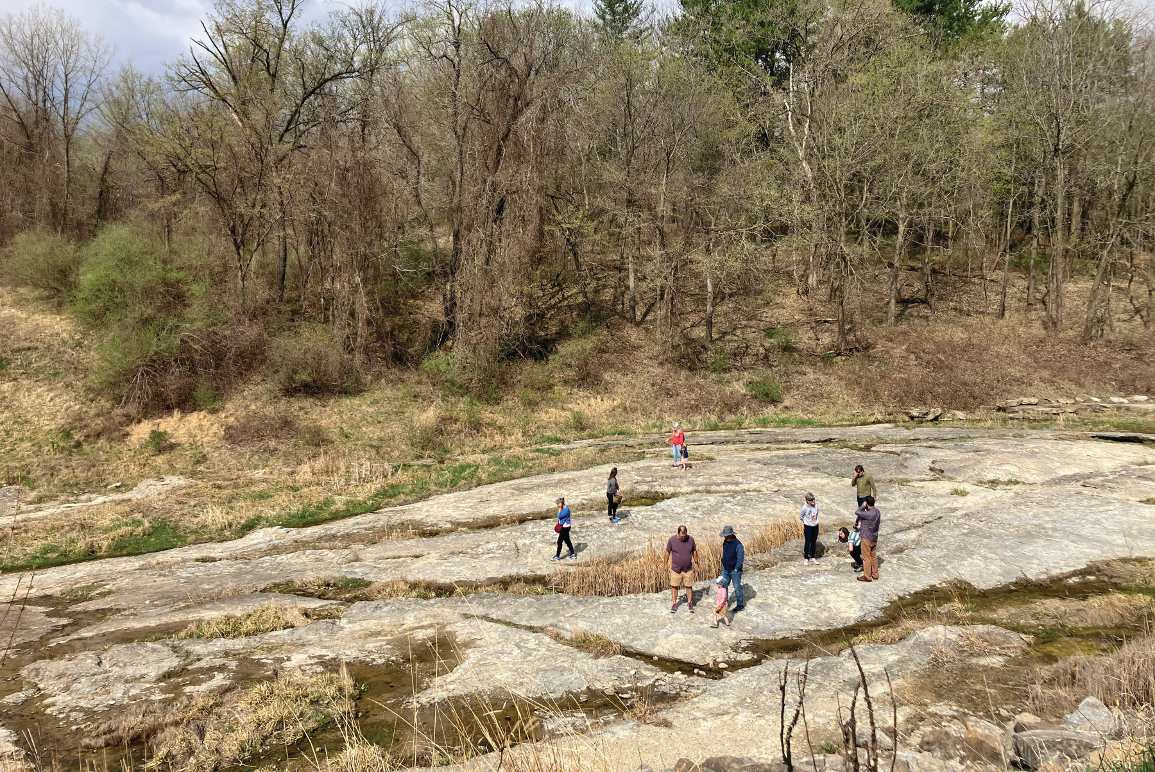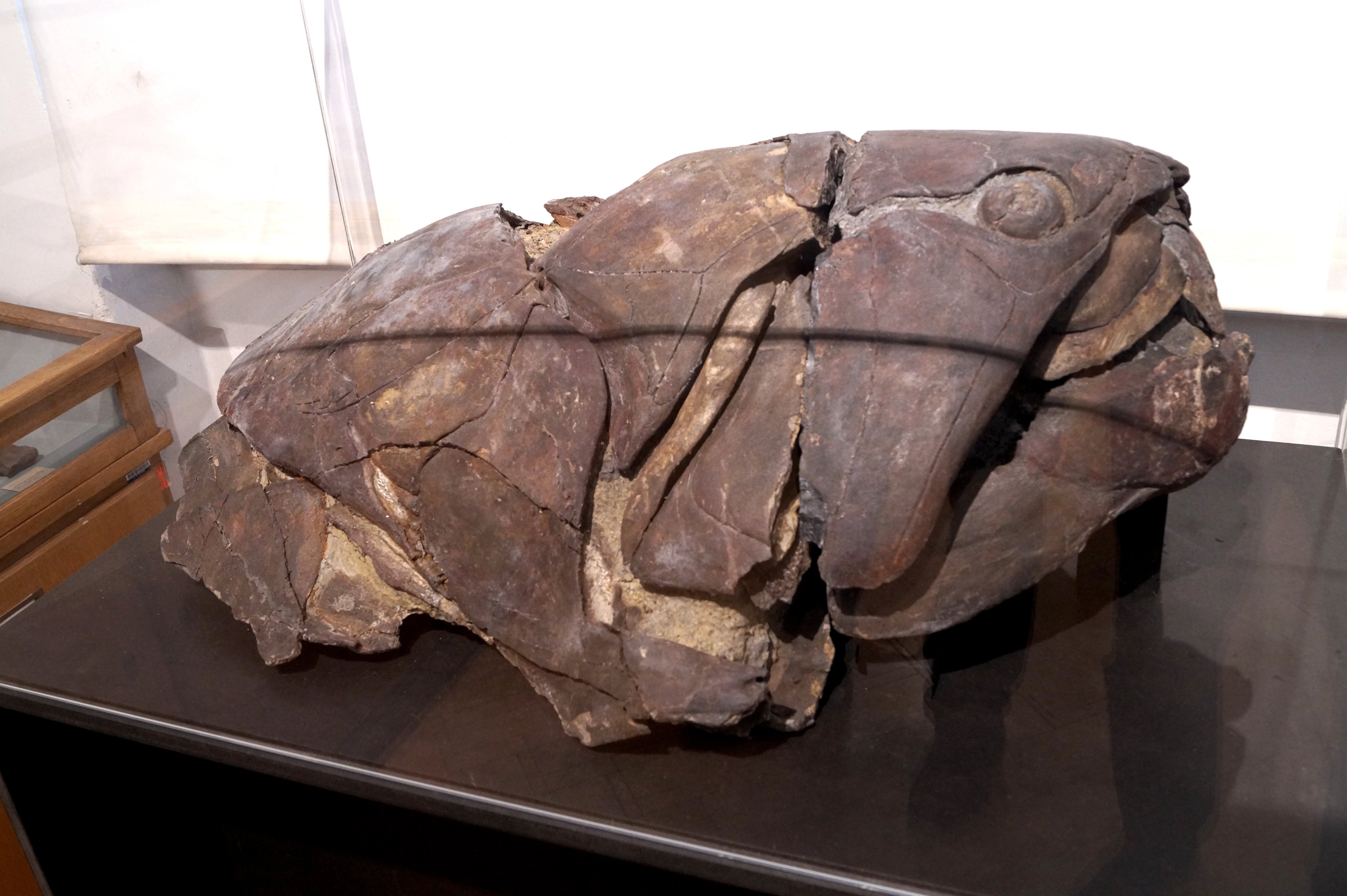
Dunkleosteus, the strongest fish of its age, lived about 380 million years ago. It was the largest predator and just one of the fiercest creatures at any time in maritime lifestyle. This sea monster experienced bony ridges as an alternative of tooth, with two sets of fang-like protrusions that gave it the strongest bite pressure. Even so, the ridges improved to segments with time, making it possible for them to feed on the major fish, even sharks!

The armored sea monster (Dunkleosteus) belongs to an extinct genus of significant jawed fish, arthrodire placoderm. It is made up of species like the D. belgicus, D. marsaisi, D. raveri, and D. terrelli, the most significant. The species of Dunkleosteus varied in dimension, as some measured about 20 toes. This big fish is named soon after a paleontologist, and its name indicates Dunkles Bone.

In this article is more info about Dunkleosteus, its dimensions, what it fed on, and in which it lived. This fish was a sea monster with quite a few predators but confronted existence worries.

What Did Dunkleosteus Consume?
Dunkleosteus lived in the shallow waters of seas and oceans, and it primarily fed on other maritime animals. Having said that, it was a carnivore with a powerful human body and a powerfully developed and armored plate on its head resembling the shark. The powerful jaw and entire body manufactured it just one of the fiercest sea creatures, and it could feed on fish and sharks.
The jaws opened at higher velocity, and the fish could make a strong bite with much more drive than a crocodile and T-Rex. The quick motion of the jaws was owing to the movable joints amongst the jaws and the muscles. The recently evolved segments could maintain the prey less complicated, and the fish could bite by way of a bony plate of other big fish.
This sea monster also fed on more compact fish of its kind. Nevertheless, the stays clearly show that dunkleosteus could have endured from indigestion mainly because there were being stays of indigested fish among the its fossils.

Dunkleosteus Alterations Throughout Advancement
Through the analyze of the fossils, the study team when compared the mouth measurements and kinds of jaws at unique stages of life. As a final result, they learned alterations, like the segment’s advancement through adolescence and evolution in the jaw form.
The research concluded a niche change as the fish grew more mature. In addition, its feeding capabilities adjusted with variations in its physique. For example, it fed on gentle-bodied prey when it was younger, as a result the scissor-like jaws.

When it grew more mature, the jaw lengthened, and the fangs grew to their grownup duration. The jaws also turned much better and could crush anything, enabling the fish to attack bigger prey. The sturdy jaws and segments manufactured it the strongest in the Devonian Ocean.
Habitat

Dunkleosteus is a fish that lived in the shallow waters of seas and oceans with other placoderms and totally free-swimming fish. The blue whales and puffer fish are other marine creatures that reside in a very similar setting.
Nonetheless, the grownup D. terrelli lived in the deep sections of the oceans and seas even though the adolescent lived in the shallow pieces. Also, the D. terrelli was a rapid-transferring reptile, contrary to dinosaurs that lived for the duration of its time.
The fossils of the dunkleosteus ended up identified close to North The us, Poland, and Belgium. It was to start with discovered in 1873, but the paleontologists named it in honor of David Dunkle, the curator of vertebrate paleontology at Cleveland Museum in 1956.
Threats and Predators
Despite the fact that this king of maritime lifetime posed a risk to the other aquatic animals, the creature was also threatened. As evolution ongoing, there was a rise of bony fishes and additional sharks that posed competitiveness to the sluggish-swimming dunkleosteus.
Other than posing a competitiveness in swimming and finding most of the food stuff in the ocean, the recently advanced sharks had been also favored by the marine atmosphere. On the other hand, dunkleosteus terrelli was their huge predator.
The D. terrelli was larger with a powerful jaw and armor-plated bones. Its jaws had the strongest biting drive than the strongest alligators and could feed on any fish and sea creature, and it also fed on other dunkleosteus.
Discoveries and Fossils of the Dunkleosteus
The 1st fossils of dunkleosteus ended up found in 1867 in a variety of U.S. states. However, the D. marsaisi fossils ended up discovered in Morocco and the D. amblo doratus in Canada. Texas, California, and Ohio are other states involved with this huge fish’s continues to be. Record also states that there is a fossil web page for dunkleosteus in Pennsylvania. Even so, the most popular specimen of this fish is from Cleveland Shale in Northern Ohio.

Today, you can come across dunkleosteus remains in the Cleveland Museum of Normal background. The museum houses its sturdy cranium and fearsome jaws, but no remains of its spine and tender overall body tissues exist. Some of these remains ended up preserved from 1965 to 1967 following the Ohio Office of Transport excavated significant discovery of the marine fish.
